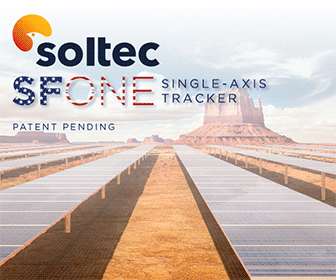3 IN 1 ROOF - the Most Efficient Solar System Ever!
Black or blue silicone solar cell have average efficiency ratings of around 22 out of 100 percent. However, once solar cells are grouped, placed under glass, fitted with a polyurethane backsheet (a solar panel) and mounted over a traditional shingle, tile or aluminum roof, their efficiency rating falls between 15% - 17%.
A few solar panel manufacturers claim ratings higher than 20%, but those figures are gathered when solar panels are installed in optimum environments, such as on solar farms or SPF roof systems.
Up until now, solar panels have been the most efficient way to generate energy on high-sloped roofs, that is until the 3 IN 1 ROOF system. It's been determined through in-house testing that between the morning and afternoon hours, the 3 IN 1 ROOF system is "as efficient" as solar panels when panels are installed over previously mentioned traditional roofing. However after 3 p.m., the difference in performance is dramatic. On a typical 88-90 degree day, tests data reveals beyond mid-afternoon about 23% more energy is generated by the 3 IN 1 ROOF, because traditional roofing has collected and amassed so much heat from the sun, they reach surface temperatures well over 150 degrees.
Why are surface temperatures a factor? Simply put, for every 20 degrees the surface temperature of a traditional roof rises above 120 degrees, the solar functionality decreases by 5%. Therefore when common roof products are at their hottest, a solar panel's efficiency is at its lowest. Plus, as everyone knows, asphalt, concrete and metal takes many hours to heat up, and in turn takes the same amount of time to cool down or even longer if the attic is poorly ventilated.
So what is it about the 3 IN 1 ROOF system that's special? Two amalgamates, the 3 IN 1 ROOF embodiment is comprised of heat resistant closed cell foam and it's coated with a durable Geopolymer that increases in temperature only about 12 degrees above ambient. As the ambient rises and falls, so does the surface temperature of the 3 IN 1 ROOF and at near simultaneous frequencies. Therefore unless summer temperatures excede over 110 degrees Fahrenheit, the 3 IN 1 ROOF system's solar module will always yield maximum efficiency. In addition, its SPF like foam character blocks all solar gains from entering into the attic area, lending day-long cool substrates, decking and garrets, virtually eliminating heat flowback.
What is heat flowback and why eliminate it? Solar gains into an attic causes all sorts of humidity issues fundamentally negative to any structure, including but not limited to; dry-rot, condensation, mold and everything that's related to moisture plus heat. Flowback is when attics get so hot, they're virtually structural incubators. Hot air prevents the wood decking it contacts from cooling down while the traditional roofing cools over night, thus prolonging the roof's ability to equalize ambient temperature.
All these dilemmas are not only problematic with traditional roofing systems, they're also drawbacks for each and every integrated solar tiles and integrated solar singles systems that is or was available for purchase, however they're all non-setbacks with a new 3 IN 1 ROOF system.
Finally, when one takes into account around 4-5 hours of advanced power creation, it mathematically boosts the 3 IN 1 ROOF system's "over all" efficiency rating to 17% - 19%, making it "by far" the world's highest and best performing integrated solar product, if not arguably the most efficient solar system installed on a high-sloped roof the market has ever seen!
3 IN 1 ROOF | www.3in1roof.com and www.high-performance-roof.com









.jpg?r=7614)

.jpg?r=4709)
.gif?r=6242)